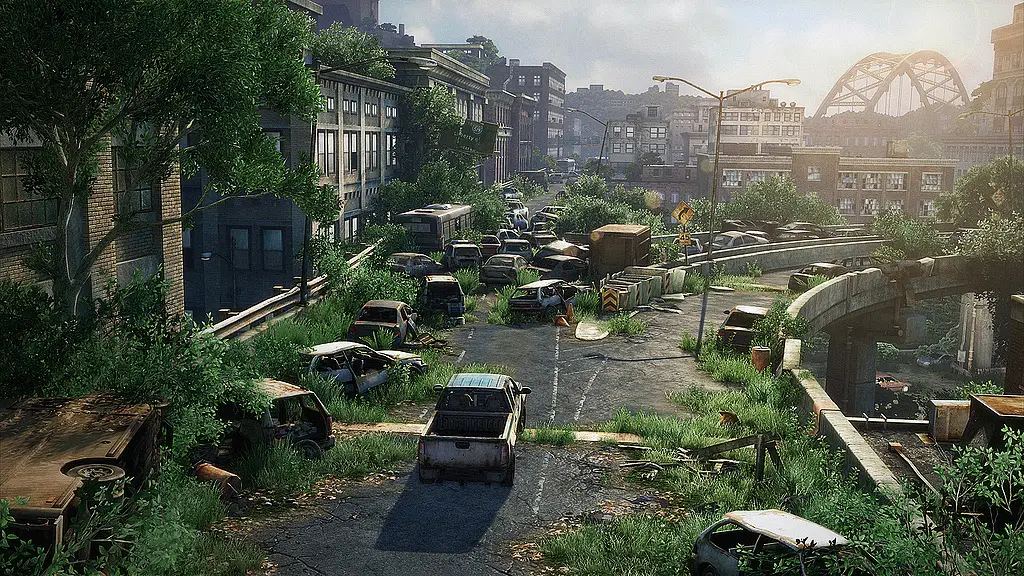If you told people that we now live in a post-apocalyptic world, they would probably dismiss your belief and say that you’ve watched too much TV. But the thing is, you’re not entirely wrong, in the same sense that they’re not completely right either. There’s a little bit of wiggle room between the two statements, and it seems that we’re currently standing right on that spot.
For quite a while now, a reasonable chunk of the human population is said to have enjoyed much of the contemporary experience in the dystopia of modernity. To put it in plain language, the belief suggests that progress in developed nations happens only at the expense of undeveloped ones, so pardon the fancy words. Also, some people are all too keen to make the effort to remove the barriers between environmentalism and fortune in their conquest of natural resources. Oil, pesticides, pollution, deforestation, and wars – you name it, chances are it’s already here.
The term “post-apocalyptic” essentially refers to the idea of the world having gone beyond the point of no return to the pre-apocalyptic era. In many cases, however, the question of whether we’ve passed or are still far from such a threshold seems to be a matter of subjective opinion. Everybody has a different take on what constitutes an apocalypse.

Recurring Pandemics
The latest COVID-19 pandemic is still fresh in memory. And did you know that it was only one of many the world has seen? Here is a look at some of the most devastating pandemics throughout human history.
| Pandemic | Timeline | Deaths |
| Antonine Plague | 165 – 180 | 5 million |
| Justinian Plague | 541 – 543 | 30 – 50 million |
| Black Death | 1347 – 1351 | 200 million |
| The Seven Cholera Pandemics | 1817 – present | 40 million |
| Spanish Flu | 1918 – 1919 | 50 million |
| Asian Flu | 1957 – 1958 | Over 1 million |
| Hong Kong Flu | 1968 | 1 – 4 million |
| HIV/AIDS | 1981 – present | 36 million |
| Swine Flu | 2009 – 2010 | 148000 – 249000 |
As for the COVID-19 pandemic, the data compiled by the Johns Hopkins Coronavirus Resource Center (CRC) from January 22, 2020, to March 10, 2023, shows a total of 676,609,955 recorded cases and 6,881,955 confirmed deaths.
Every pandemic has affected survivors in different ways. For example, for many people in Europe who managed to survive the Black Death, the world might have seemed as if it had gone post-apocalyptic at that time; and the same thing applied to the Spanish Flu, which infected a third of the global population and killed 50 million people in its wake. On the other hand, for everyone else in regions least affected by these diseases, things were probably just fine. A pandemic might not be an outright apocalypse, but a small one, and potentially recurring. It can also be just another sign of worse things to come. The truth of the matter is that we’re still here and constantly rebuilding.
Multidimensional Apocalypse
If you had been in Europe during the last days of the Black Death, you would have seen how the world plunged into darkness. At the same time, people in Japan had never even heard a single thing about it. An apocalypse can be a multidimensional thing. But enough about pandemics, let’s try to look at it from a different perspective: wartime. At the end of the Pacific War in 1945, Hiroshima and Nagasaki were hit with the mighty vengeance of a nuclear apocalypse.
Did that mean survivors in the two cities lived in a post-apocalyptic time? Yes, it did, at least for a while.
How are the cities today? They’re sprawling magnificence.
Unfortunately, not everything and everyone could rebuild their homes after bloody conflicts. To the living indigenous people of the Americas and the Antipodes, or other regions of the world, the apocalypse did happen, and now they’re only remnants of bygone glorious societies. They’re still fighting for survival in what they see as the new world order.
Energy Depletion
As far as energy depletion is concerned, we’re already past the point of no return. If we continue consuming energy at the rate we do today, the world will collapse due to pollution and climate change. And stopping in a “cold turkey” fashion also leads to the same catastrophe anyway because we have nothing to fuel transportation, manufacturing, and electricity. Like all living creatures on Earth, we’re so dependent on natural resources—
The Historical Context of Pandemics
Pandemics have historically been apocalyptic in nature, reshaping societies and culling populations. The COVID-19 pandemic is the latest in a long line of infectious diseases that have wrought havoc on humanity.
Other Things You Might Want to Know
How many mass-extinction events the world has ever seen?
There have been five of those, including:
- Ordovician-Silurian Extinction (440 million years ago) killed off small marine organisms.
- Devonian Extinction (365 million years ago) drove many tropics marine species out of the planet.
- Permian-Triassic Extinction (250 million years ago) – the largest of its kind in Earth’s history
- Triassic-Jurassic Extinction (210 million years ago) allowed the dinosaurs to thrive.
- Cretaceous-tertiary Extinction (65 million Years Ago) ended the dinosaurs era.
What do the climate change predictions say about the future?
According to the National Academy of Sciences, about a third of the world’s population could be living in a climate similar to the condition of Sahara – an average temperature of 30 degree C – by 2070.
Is zombie apocalypse a scientifically plausible concept?
It is not impossible, only highly unlikely. The closes case to zombie outbreak the world had ever seen happened in New Guinea in the 1950s to 1960s where a brain disease triggered such symptoms as inability to speak, unsteady gait, and sudden changes in personality. The disease spread among people through consumptions of human brains.
Check out other articles by month:







